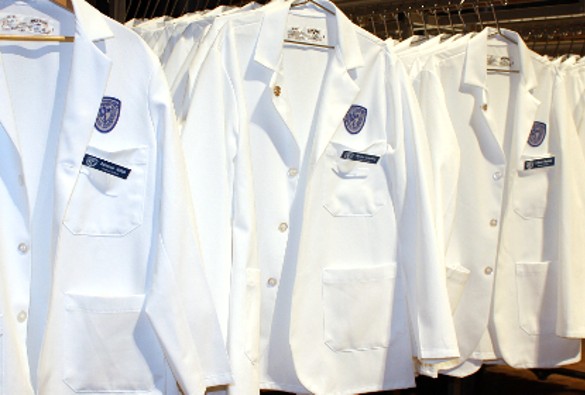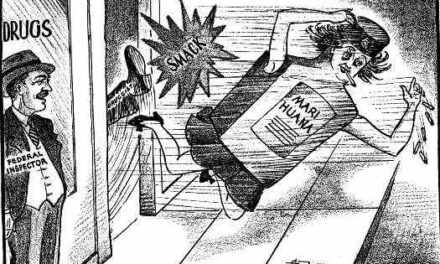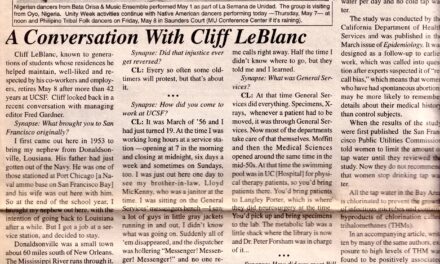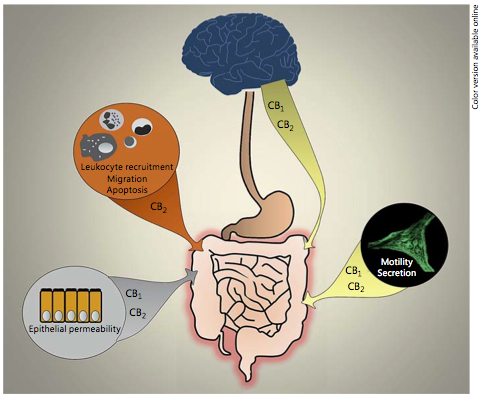Excerpts from an essay in the November 8 New York Times by Andrew Carroll, a professor of pediatrics at Indiana University School of Medicine:
The Association of American Medical Colleges has projected that by 2025 there will be a shortfall of between 46,100 and 90,400 doctors. In primary care, it projects a shortfall of between 12,500 and 31,100 doctors…
The Affordable Care Act is expected to accelerate the need for additional medical care. Increased insurance coverage increases demand, and Obamacare alone is projected to require about 16,000 to 17,000 more physicians than would have been required without it.
Adding data to this argument, the United States has fewer practicing physicians per 1,000 people than 23 of the 28 countries that reported data in 2013 (among nations in the Organization for Economic Cooperation and Development)…
We were way behind countries like Austria (4.99), Norway (4.31), Sweden (4.12), Germany and Switzerland (both 4.04).
Based on these metrics, it would seem that we need more physicians. It would also seem that we’re not training them. When it comes to medical graduates, the United States ranks 30th of 35 countries…
When it comes to generalists, we ranked 24th of 28 countries in doctors per 1,000 people. Specialists are a different story. There, we were 11th. This is an important fact about the American health care system. We sometimes hear that we have too many specialists and too few generalists. That’s not necessarily the case. We have an average number of specialists compared with other advanced countries, and even shortages in some specialties. It’s the ratio of specialists to generalists that’s the problem. When you compare the percentage of physicians who are generalists with those who are specialists, the United States beats only Greece among developed economies.
Here, financial drivers play a role. Doctors who choose to specialize can make much more money, millions more dollars over a career, than primary care physicians.
Money isn’t the only reason that medical graduates choose to specialize. But it’s certainly a factor. The average student debt for someone finishing medical school in 2015 was more than $180,000. Twelve percent of graduates had debt totaling more than $300,000. The median starting salary for a resident physician (and some residencies go for seven years or more) was just over $52,000. So by the time you’re in your 30s, you are hundreds of thousands of dollars in the hole, and you’ve just spent years making too little to pay it back while interest accrued. A specialty that might offer you a lot more money is enticing…
What no one seems to be debating is that we have a shortage of services. We could fix that by increasing the number of physicians, either by training more or allowing more to immigrate into the country. We could fix that by improving the ratios at which physicians enter specialties or primary care, through changes in training slots or in how we pay physicians. We could fix that by making the health care system more efficient, by distributing the resources we have more effectively, or by increasing our willingness to use midlevel practitioners through changes in regulations or licensing.
It is the latter approach that Carroll seems to favor in his NYT essay. We strongly favor the first —training more physicians… Veterans Day is Friday and all the pro football and basketball games this week have been preceded with obsequies to the men and women in uniform. Nobody ever says that the outrageous waiting lists for care through the VA are basically a function of the doctor shortage.





